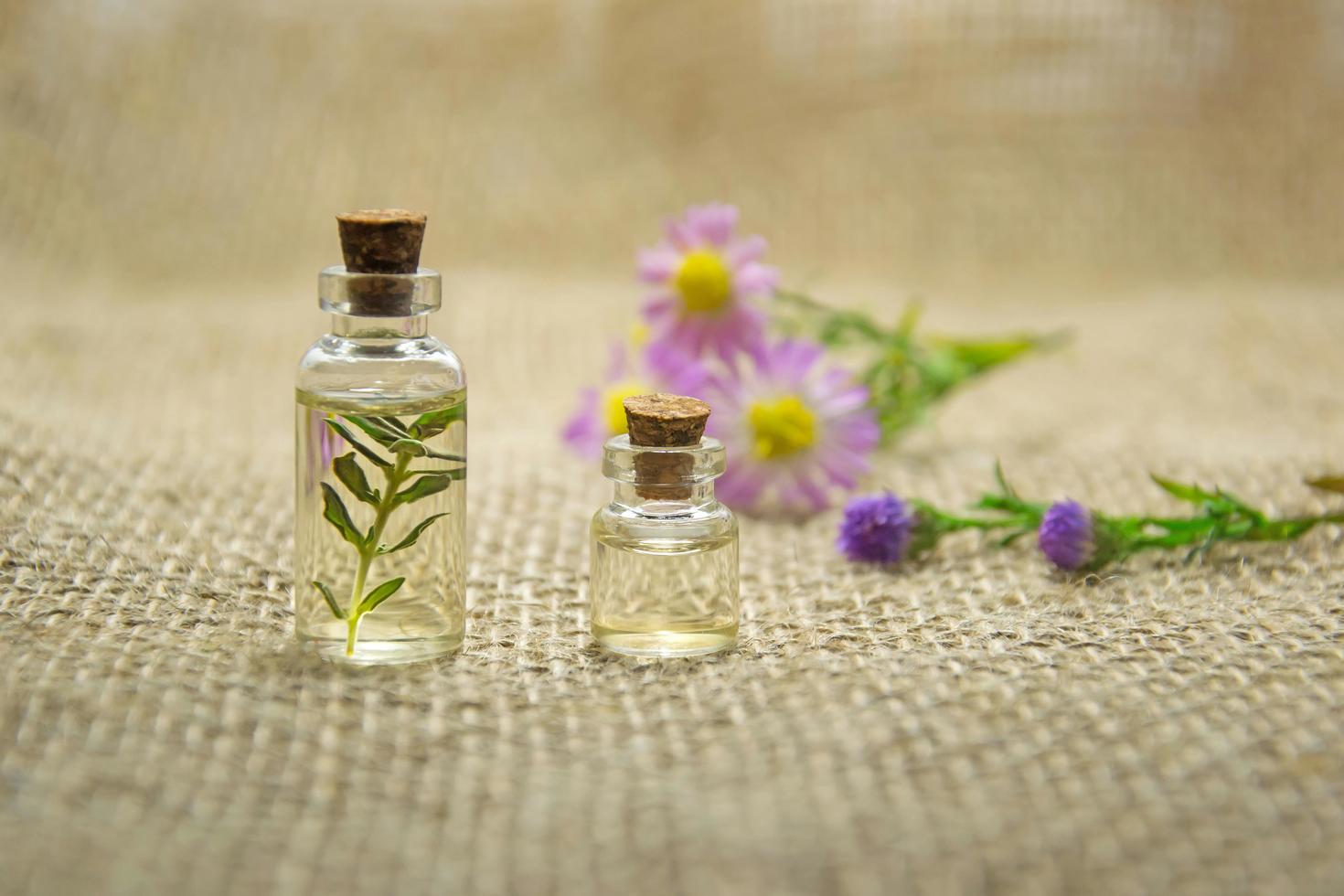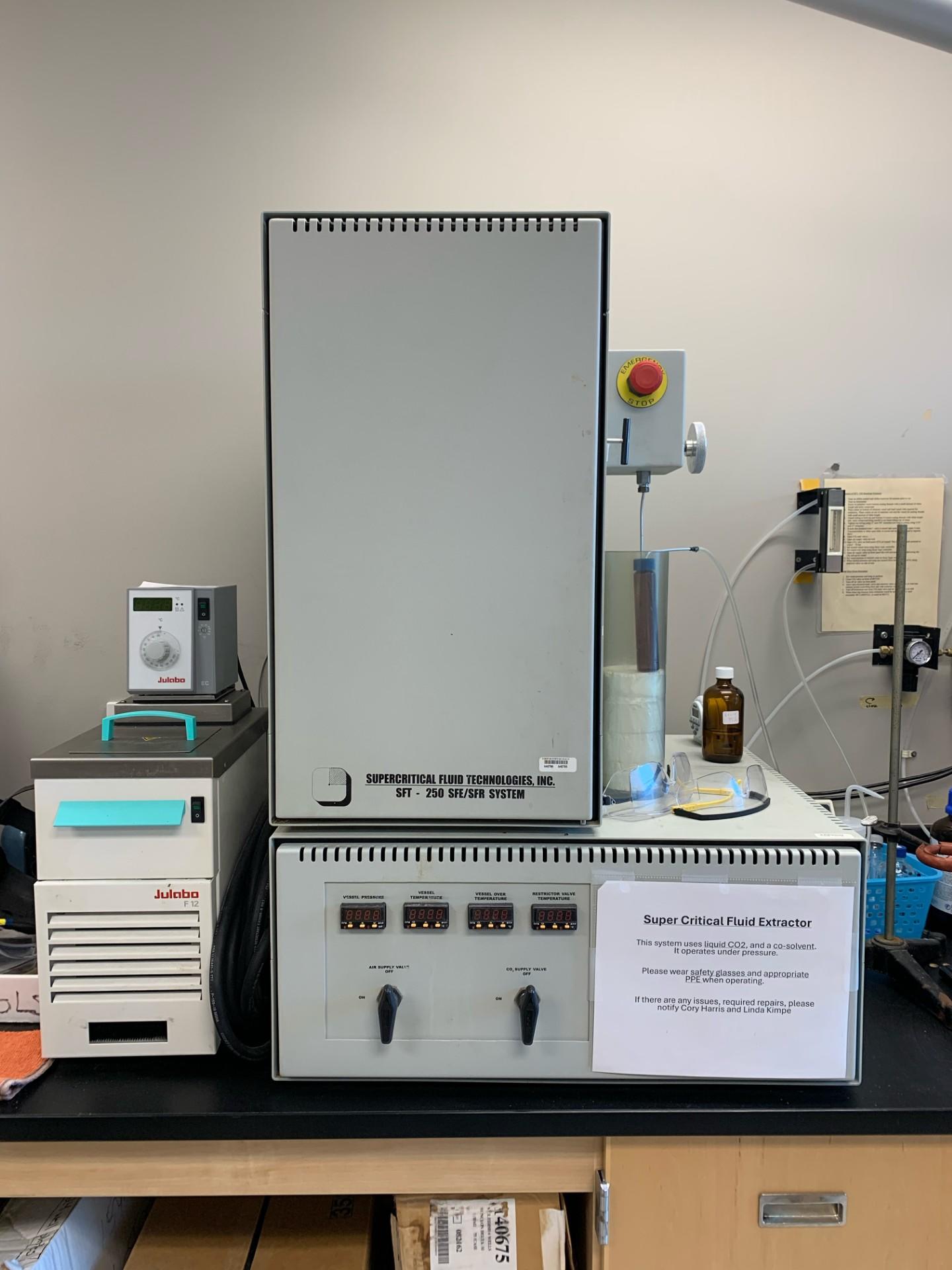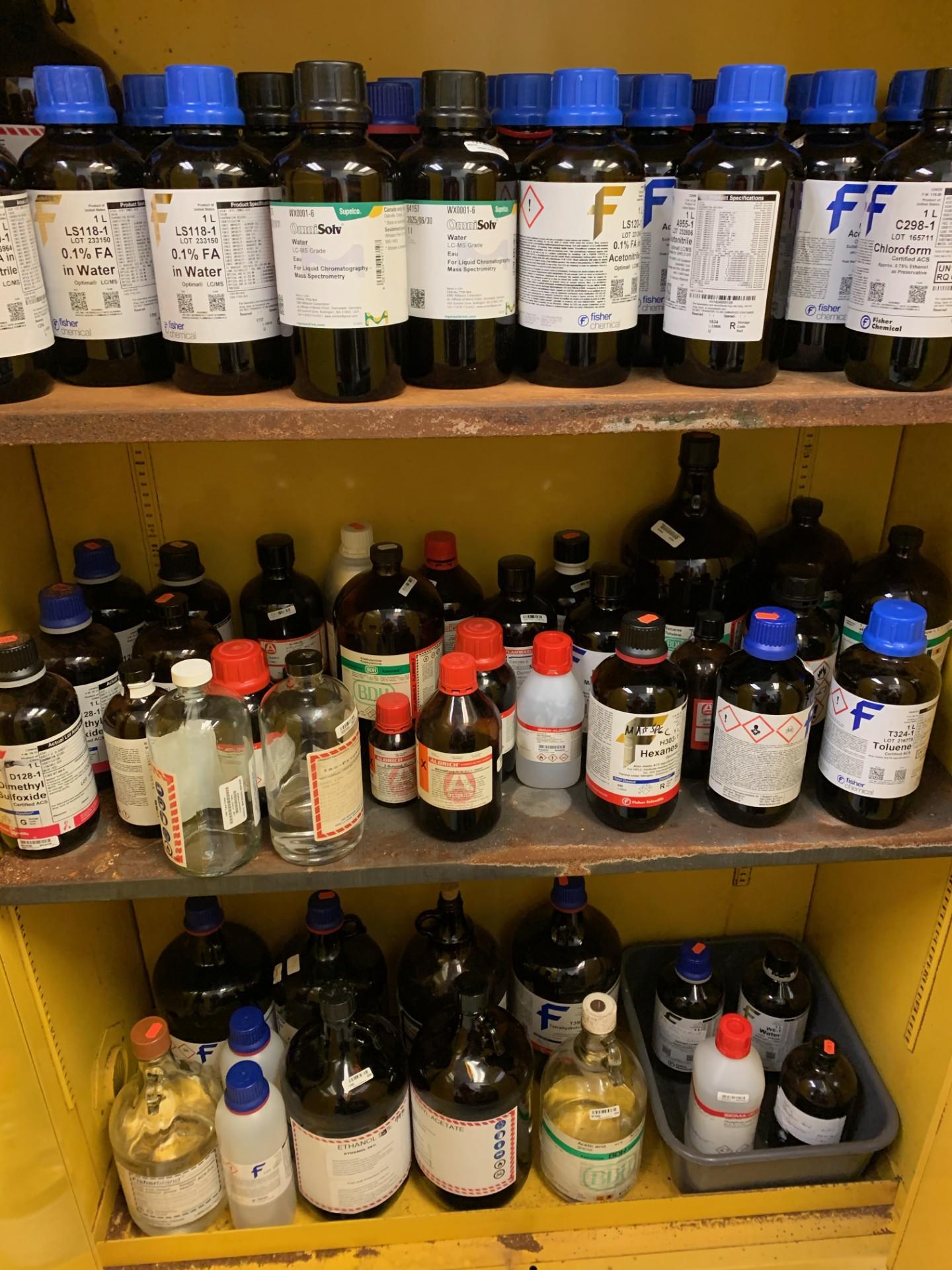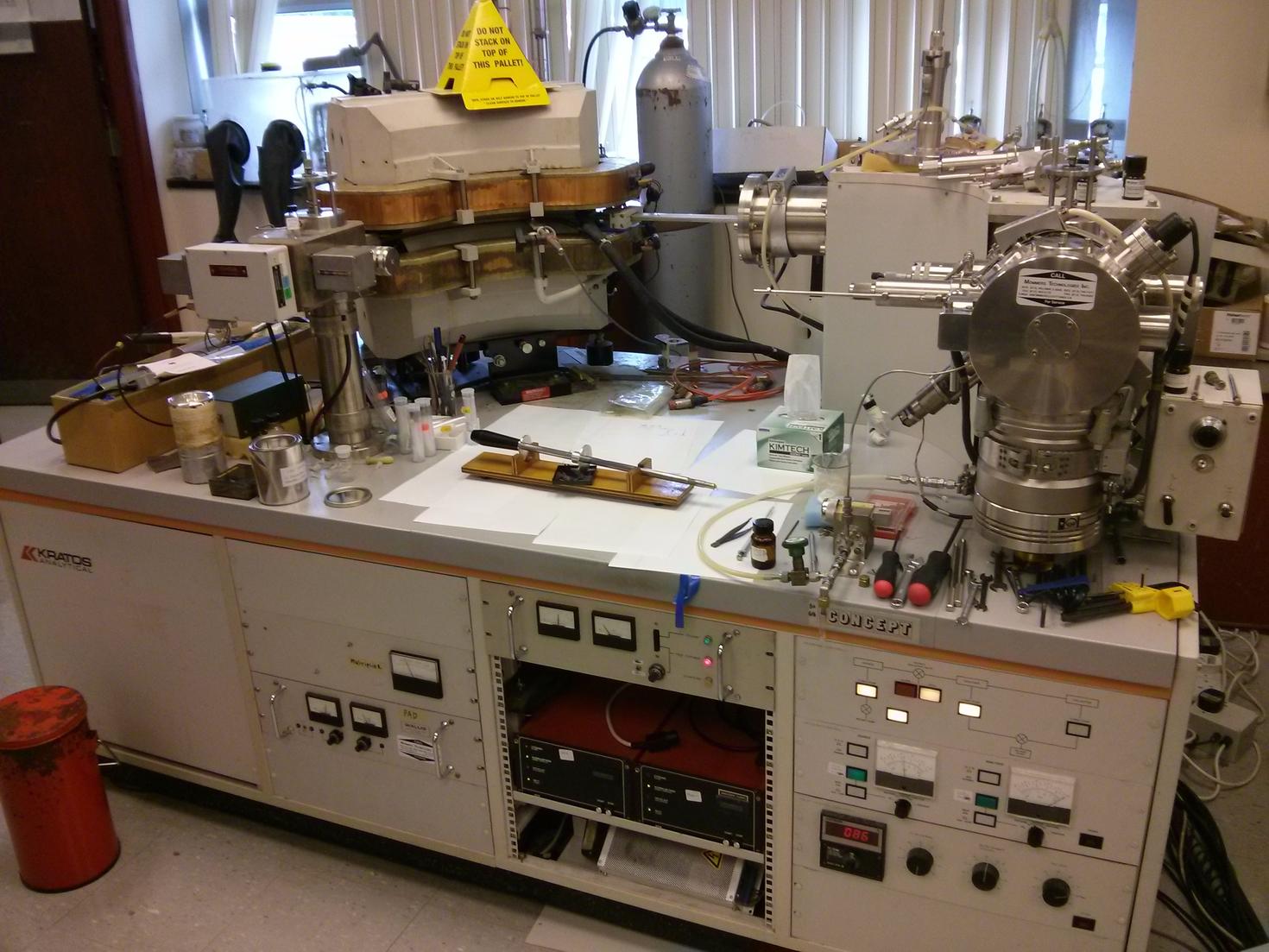
John L. Holmes Mass Spectrometry Facility
John L. Holmes Mass Spectrometry Facility houses “state of the art” instrumentation for analysis of chemical and biological samples.
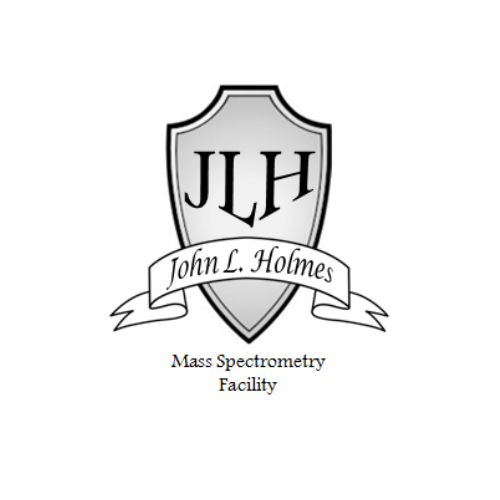
Overview of the Facility
We specialize in analytical chemistry, proteomics, metabolomics and HRes compound verification.
We provide Mass Spectrometry characterization and support to professors, students, industry and home producers.
We make Mass Spectrometry accessible to all.
We train the next generation of Mass Spectrometrists.
Our projects

Joseph's Clove Project.
The plant Syzygium aromaticum, also known as cloves, has been historically used as a flavouring in food and as a perfume due to its highly aromatic an…

Oregano, Origanum vulgare
Oregano hydrosols were prepared using the microwave extraction method which enhanced extraction efficiency and preservation of delicate volatile compo…
James Resin Project.
Making hydrosol from resins is quite different than herbs, as James is discovering.

Lilac fragrance oil
Lilacs, also called Syringa in science, are famous for being beautifully delicate and having a captivating smell.
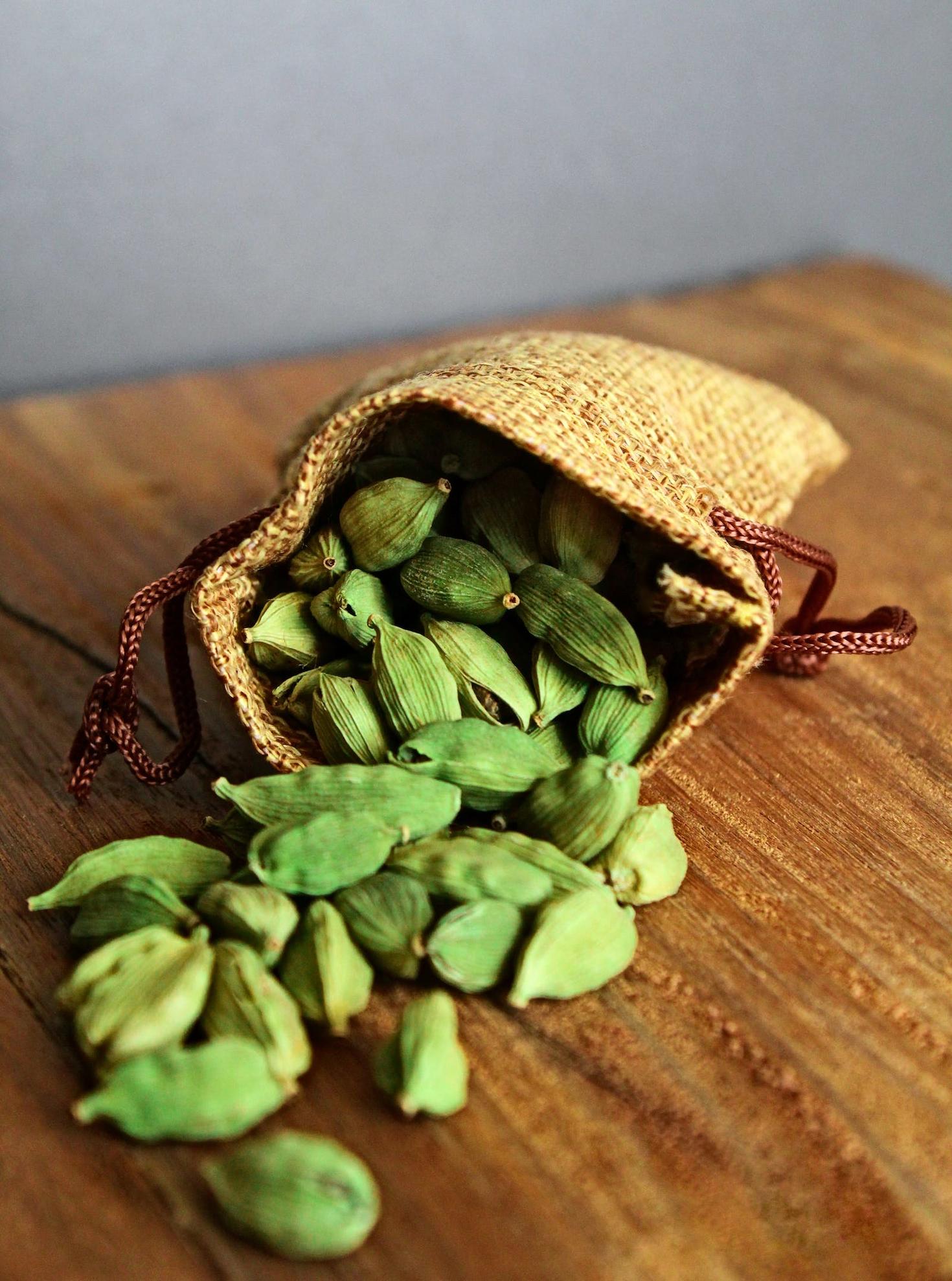
Srjeeta's Green Cardamom.
The purpose of this study is to determine whether the hydrosol created through microwave and hydro distillation contains similar medicinal components …

Vana Holy Basil Leaf, Ocimum gratissimum
The primary objectives of this research project are to conduct an analysis of Vana Holy Basil Leaf hydrosols.
View all our projects
Contact us
Chemical facility
Sharon Barden
[email protected]
D'Iorio Hall - Room 124
Ottawa, ON K1N 6N5
Tel: 613-562-5800 ext. 6045
Biological facility
Zoran Minic
[email protected]
Marion Hall - Room 002
Ottawa, ON K1N 1A2
Tel: 613-562-5800 ext. 1626
